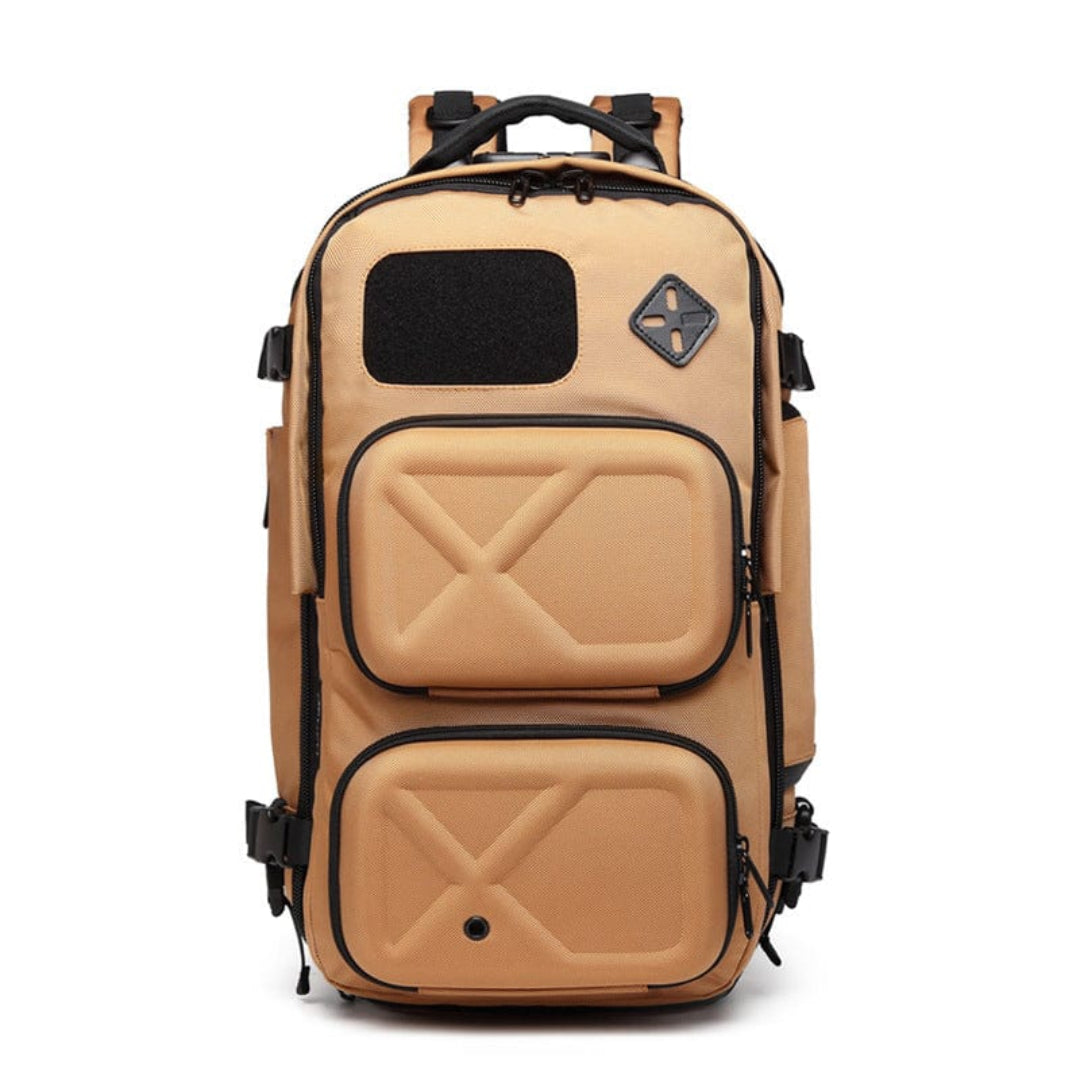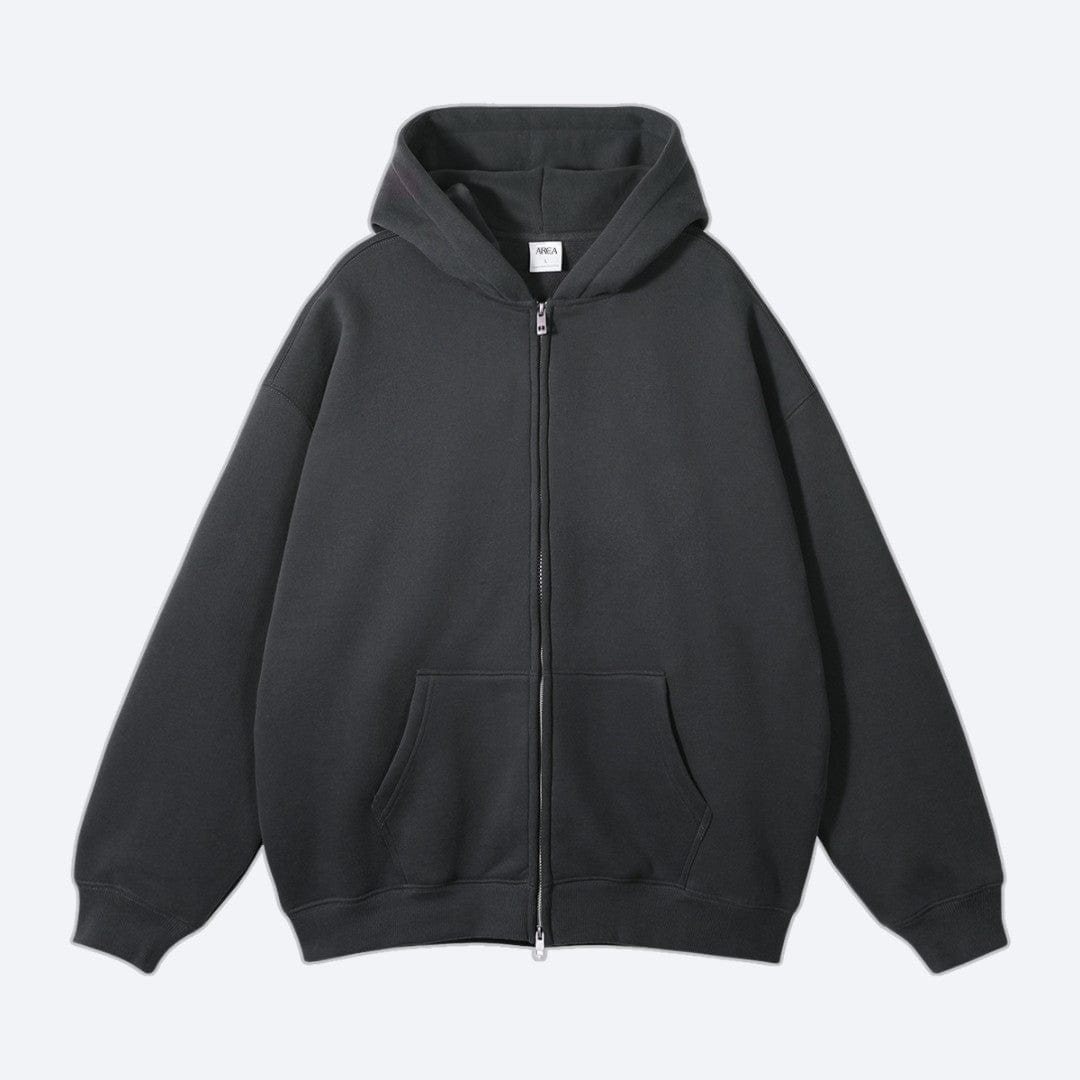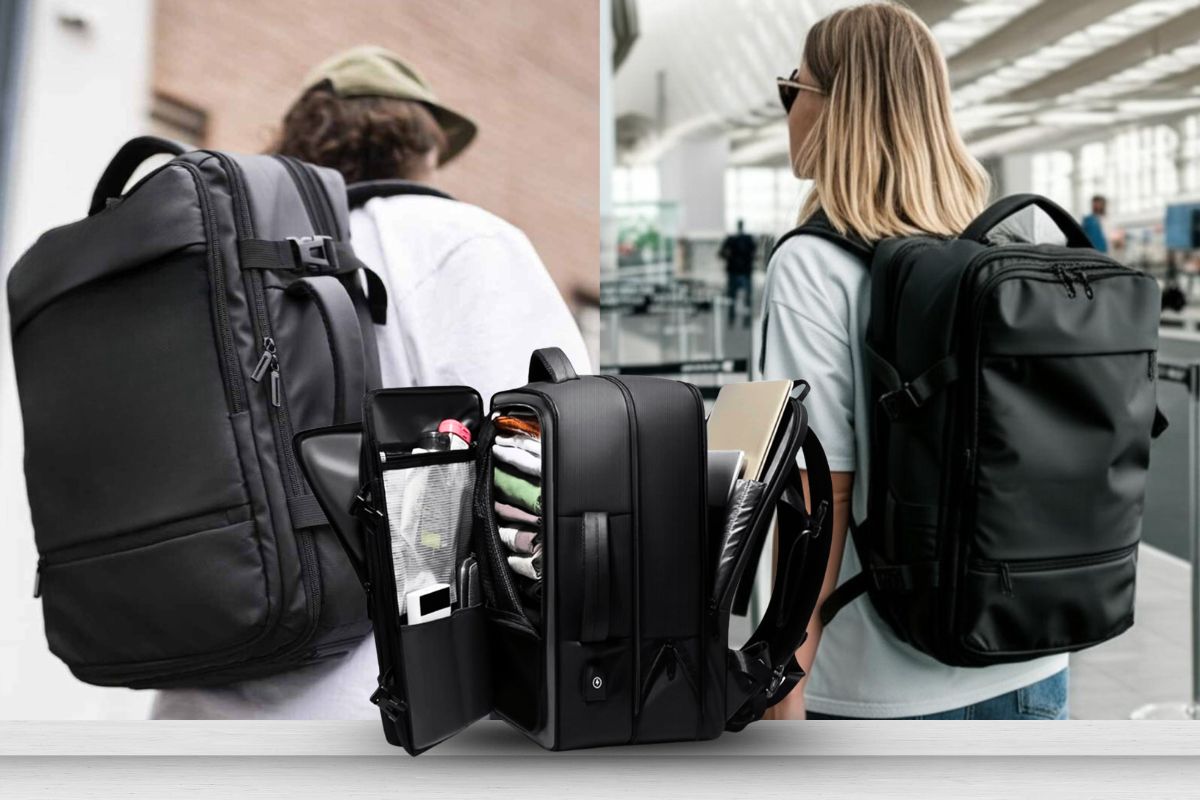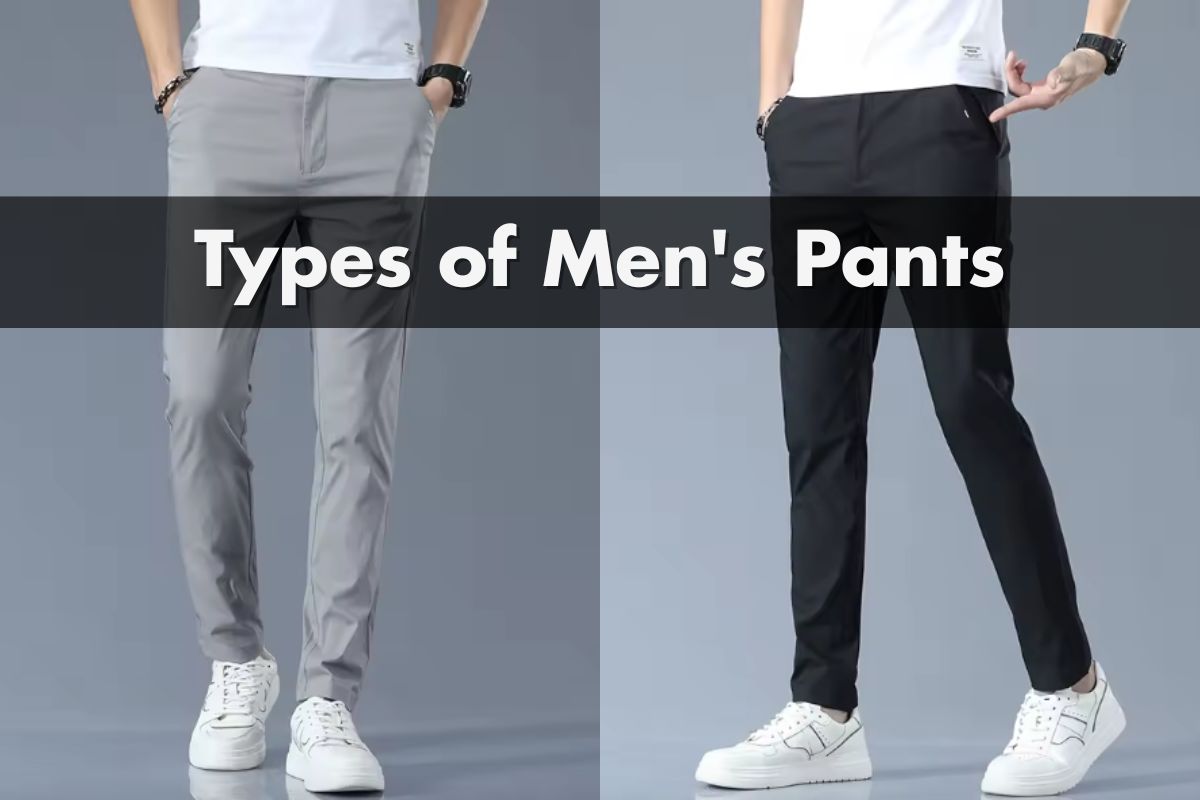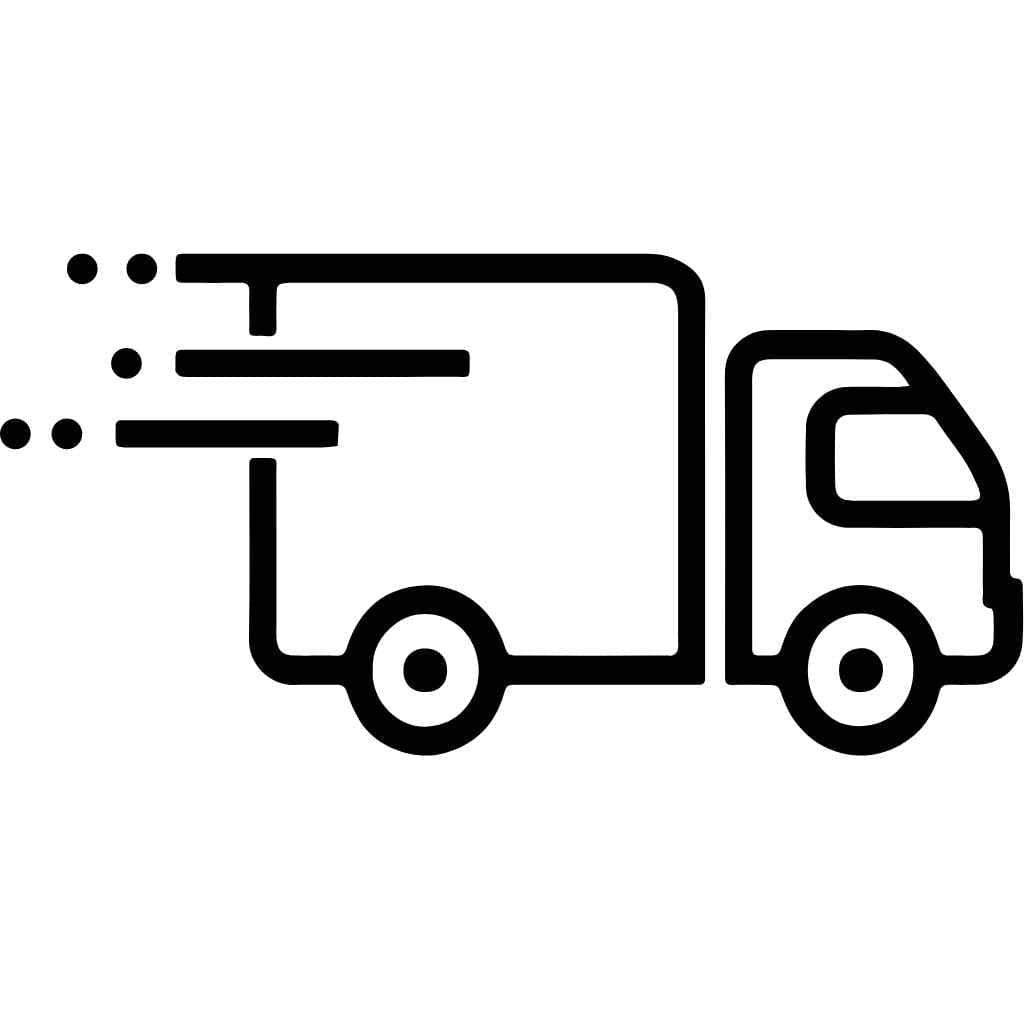Packing cubes are a favorite for their ability to categorize and organize items, making it easy to find what you need without unpacking everything. On the other hand, compression bags focus on saving space by reducing the volume of your clothes, though they may come with some challenges. Each option has its perks and drawbacks, and the best choice depends on your travel style and packing priorities.
Let’s explore the key differences between these two travel essentials to help you decide which one deserves a spot in your suitcase.
Packing Cubes for Travel
Packing cubes simplify travel by keeping belongings organized and accessible. They're especially useful for grouping clothing or other items in a way that streamlines both packing and unpacking.
What are Packing Cubes?
Packing cubes are soft-sided, rectangular organizers made from durable, lightweight fabric. Most unzip on three sides, mimicking a mini suitcase, and come in sets with multiple sizes. They’re designed to fit seamlessly into luggage, maximizing space without creating clutter. The transparent or mesh panels on many cubes let you identify contents without opening them.
Are Packing Cubes Worth It?
Packing cubes provide structure and order to luggage, which makes them valuable for any traveler. Organizing items into categories, such as shirts, pants, or toiletries, eliminates the frustration of rummaging through bags. They additionally help maintain folded clothing, reducing wrinkles during travel. Many cubes fold flat when not in use, making them easy to store.
How to Use Packing Cubes
To use packing cubes effectively, categorize items and dedicate a cube to each category. For example, group shirts in one, pants in another, and undergarments in a smaller cube. Compress clothes without cramming to preserve their shape and minimize wrinkles. For multi-destination trips, pack cubes by stop to make unpacking easier.
The Best Packing Cubes for Travel
The best packing cubes combine quality materials, user-friendly designs, and multiple sizes in a set. Look for strong zippers and handles for convenience. Transparent panels or labels on the cubes can further simplify identification. A well-built set offers both durability and efficiency for extended travel or varied packing needs.
Do Packing Cubes Save Space?
Packing cubes maximize space by creating a structured layout within luggage. Clothes pack more tightly and efficiently compared to loose items. While they don't reduce volume in the same way compression bags do, the improved organization ensures that every inch of space is used wisely.
Compression Bags for Travel
Compression bags provide a practical way to save space by removing excess air from items in your luggage. They're particularly useful for packing bulky clothing like jackets or sweaters.
What are Compression Bags?
Compression bags are storage solutions designed to reduce the volume of your packed items by compressing air out of them. Most feature a zippered seal and a one-way air valve that allows you to remove air manually or by rolling the bag. Unlike packing cubes, they focus solely on reducing volume rather than organizing items within your luggage.
Are Compression Bags Worth It?
Compression bags are highly effective for travelers with limited baggage space or those carrying bulky items. They allow you to fit more into small suitcases or backpacks, which can be crucial for extended trips or destinations with varying climates. However, the compressive feature can lead to wrinkled clothing, so they're better used for non-delicate garments like outerwear or casual attire.
How to Use Compression Bags
Using a compression bag involves a few simple steps. First, fold or loosely roll your clothing and place it inside the bag. Then seal the zipper closure to create an airtight seal. Remove air by rolling the bag or using a vacuum if the bag supports it. Once flattened, the bag is ready to be packed into your suitcase or backpack.
The Best Compression Bags for Travel
The best compression bags offer durability and reliable seals. Look for 2-in-1 bags with both manual roll and vacuum options for flexibility. Choose clear materials to identify contents without opening. Consider bags that resist punctures and tears, especially for outdoor adventures or frequent travelers.
The Best Compression Cubes for Travel
Compression cubes combine the organizational benefits of regular packing cubes with the space-saving features of compression bags. These cubes often have dual zippers, allowing you to pack and compress simultaneously. Ideal for luggage organization, they fit neatly into carry-ons and prevent clothes from shifting during transit. Opt for cubes with mesh panels for visibility and ventilation.
The Best Travel Backpack for Domestic Flights
Finding the right travel backpack for domestic flights depends on balancing size, functionality, and ease of packing. Backpacks designed for domestic trips typically comply with airline carry-on size limits, eliminating the hassle of checking luggage. I always prioritize backpacks with dimensions under 22 x 14 x 9 inches, as this fits most airline overhead compartments.
Organization is essential, especially for short trips. Backpacks with dedicated compartments for packing cubes or compression bags make it easier to locate items quickly during the journey. A front-loading design, similar to a suitcase, enables efficient packing and unpacking. Features like padded laptop sleeves, external water bottle holders, and zippered mesh pockets enhance utility.
Weight distribution matters for comfort. A travel backpack with padded shoulder straps, a hip belt, and an adjustable sternum strap eases the load during transit. Materials like nylon or polyester offer durability while remaining lightweight, ideal for repeated use.
Ventilation panels on the back ensure comfort by reducing sweat buildup, particularly in warmer climates. If you rely heavily on electronic gear, opting for a backpack with an external USB charging port and RFID-blocking compartments provides added convenience and security.
For maximum space efficiency, I recommend pairing the backpack with compression cubes. These compress items without sacrificing accessibility, which is essential for domestic flights where time may be limited.
Packing Cubes vs. Compression Bags for Travel
Packing cubes and compression bags serve different purposes based on travel requirements. Packing cubes excel in organization. Travelers use them to separate clothing by category, like keeping shirts in one cube and socks in another, which speeds up finding items. They function like mobile drawers, maintaining order in suitcases or backpacks. This categorization helps me unpack or retrieve items without disrupting the rest of my luggage.
Compression bags focus on space-saving. They're great for reducing the bulk of items like jackets or sweaters. By removing excess air through a zippered seal or a one-way valve, compression bags decrease the volume significantly. I find these especially useful for trips with limited luggage space or when bulky clothing is included.
In terms of wrinkle prevention, packing cubes keep clothes stable by reducing movement, while compression bags may cause wrinkles by squeezing garments too tightly. For delicate fabrics, I prefer packing cubes, but for non-fragile or bulky items, compression bags work better. Combining the two can maximize both organization and space-saving, especially for multi-purpose trips.
Which one is Right for You?
Choosing between packing cubes and compression bags depends on your travel priorities. If staying organized and accessing items easily are your main goals, packing cubes are a fantastic choice. On the other hand, if you’re trying to fit bulky clothing into a tight space, compression bags are incredibly effective.
For many trips, a combination of both can offer the best of both worlds. Packing cubes keep your essentials sorted, while compression bags save space for larger items. Ultimately, it’s about finding the right balance to match your travel style and needs.


